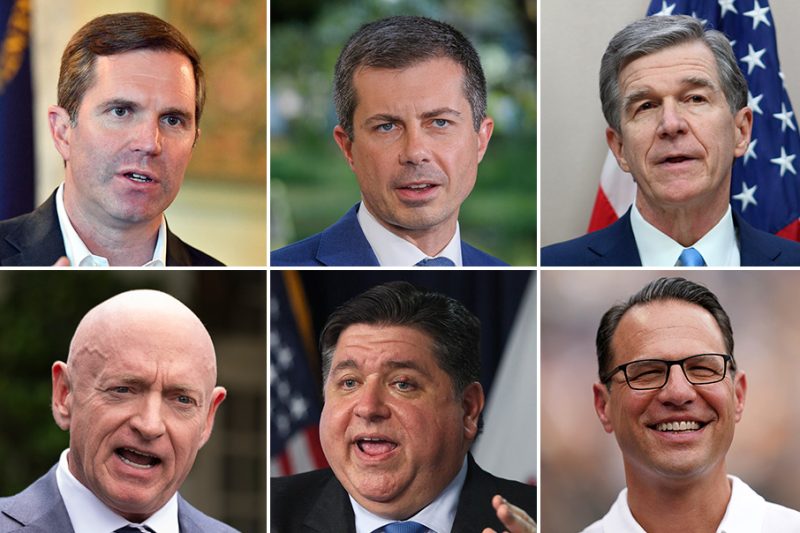The Role of Gender and Race in Vice Presidential Selection
The selection of a vice president is a crucial decision for any presidential candidate, and the spotlight is currently on Kamala Harris as she contemplates her choice for the Democratic ticket. There is a prevalent assumption that Harris, being a woman of color, must select a white man as her running mate in order to appeal to a broader voter base. This assumption, rooted in historical context and societal norms, raises important questions about the intersection of gender and race in politics.
Gender and race have always played significant roles in the realm of politics, influencing everything from candidate selection to policy priorities. The expectation that Harris should choose a white man as her vice presidential candidate underscores the deep-seated biases that exist within our society. It reflects a more profound issue of how people of color, particularly women, are often expected to conform to traditional standards of leadership, which are predominantly white and male.
One of the reasons behind this assumption is the belief that having a white man on the ticket can help balance the perceived risks associated with Kamala Harris as a woman of color. Some argue that choosing a white man would make the ticket more palatable to certain demographics and help mitigate any potential backlash or discrimination Harris might face as a Black and South Asian woman. This reasoning, however, fails to acknowledge the strength and appeal of Harris’s own candidacy and the diversity of perspectives she brings to the table.
Furthermore, the assumption that Harris must choose a white man as her running mate overlooks the diversity of the Democratic Party and the electorate as a whole. In today’s political landscape, diversity is not just a buzzword but a reality that reflects the changing demographics of the country. By selecting a vice president who represents a different gender or racial background, Harris could energize and mobilize communities that have historically been underrepresented in politics.
Ultimately, the expectation that Kamala Harris has to pick a white man as her vice president highlights the challenges women of color face in breaking through traditional barriers in politics. It reinforces the idea that there is a singular, ideal standard of leadership that does not fully represent the diversity of perspectives and experiences in our society. As Harris weighs her options for a running mate, she has an opportunity to challenge these assumptions and demonstrate that leadership comes in all forms, regardless of gender or race.
In conclusion, the selection of a vice president is an important decision that carries broader implications for representation and inclusivity in politics. The assumption that Kamala Harris must choose a white man as her running mate reveals the entrenched biases that still exist within our society. By challenging these assumptions and embracing the diversity of perspectives and experiences, Harris has the potential to set a new precedent for leadership in American politics.
